Search Images
Browse Content (p. 493)
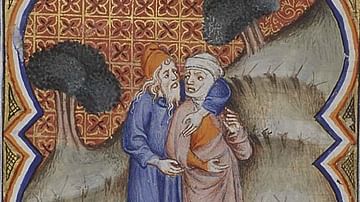
Image
Hosea and Gomer
Hosea and Gomer as depicted in the Bible Historiale, 1372.
Den Haag, MMW, 10 B 23 426r
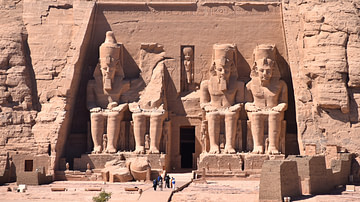
Image
Abu Simbel, Facade of the Temple of Ramesses II
The Great Temple at Abu Simbel was built by Ramesses II and completed around 1264 BCE. It stands 98 feet (30 metres) high and 115 feet (35 metres) long with four seated colossi flanking the entrance, two to each side, depicting Ramesses II...
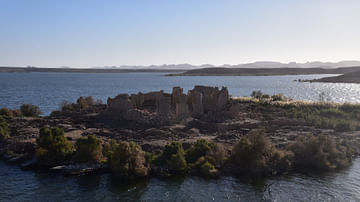
Image
Qasr Ibrim, Egypt
Qasr Ibrim is the site of a fortress in Lower Nubia, Egypt. Throughout its long history, ranging from as early as 1000 BCE to 1813 CE, it controlled the traffic on the river and routes through the eastern desert. It is the only ancient Nubian...
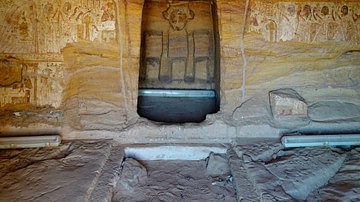
Image
Tomb of Pennut, Egypt
The Tomb of Pennut is a tomb located at the site of New Amada, an archaeological complex containing three ancient Nubian monuments spared from the rising waters of Lake Nasser. Pennut was the viceroy of Kush under Ramesses VI (1143–1136 BCE...

Image
Map of the First Three Crusades & the 12th-Century Outremer
These maps illustrate the trajectory of the early Crusades (1096–1192), a series of military campaigns launched by the medieval Latin Church with the declared goal of reclaiming the Holy Land—centered between the Mediterranean Sea and the...
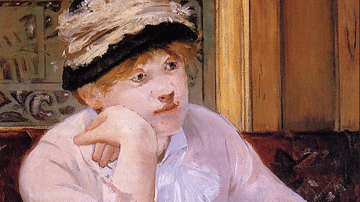
Image
The Plum by Manet
An 1878-9 oil on canvas painting, La Prune (The Plum), by Edouard Manet (1832-83), the French modernist painter. Named after the dessert the girl is eating, this work shows a working woman, perhaps a shop assistant, lost in thought in a café...
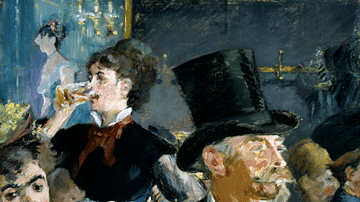
Image
The Café-Concert by Manet
An 1879 oil on canvas painting, The Café-Concert, by Edouard Manet (1832-83), the French modernist painter. The setting here is the Brasserie de Reichsoffen in Paris. As is typical of Manet's café scenes, the two central figures seem uncommunicative...
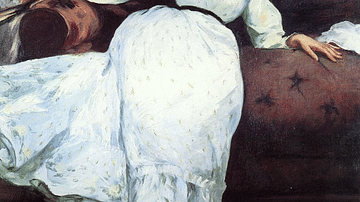
Image
The Repose by Manet
An 1869-70 oil on canvas painting, The Repose, by Edouard Manet (1832-83), the French modernist painter. The woman is Berthe Morisot, the impressionist painter who frequently modelled for Manet. The pose is highly unconventional for the period...
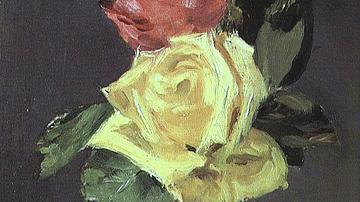
Image
Roses in a Champagne Glass
A c. 1882 oil on canvas painting, Roses in a Champagne Glass, by Edouard Manet (1832-83), the French modernist painter. One of the artist's last paintings when he was studio-bound due to illness. Friends brought the artist flowers daily and...
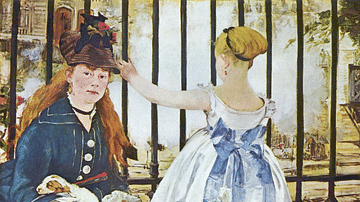
Image
The Railway Station by Manet
An 1872-3 oil on canvas painting, The Railway Station, by Edouard Manet (1832-83), the French modernist painter. Another of Manet's puzzles. The station itself (Paris' Gare St. Lazare) is not shown here at all, only the steam from the trains...